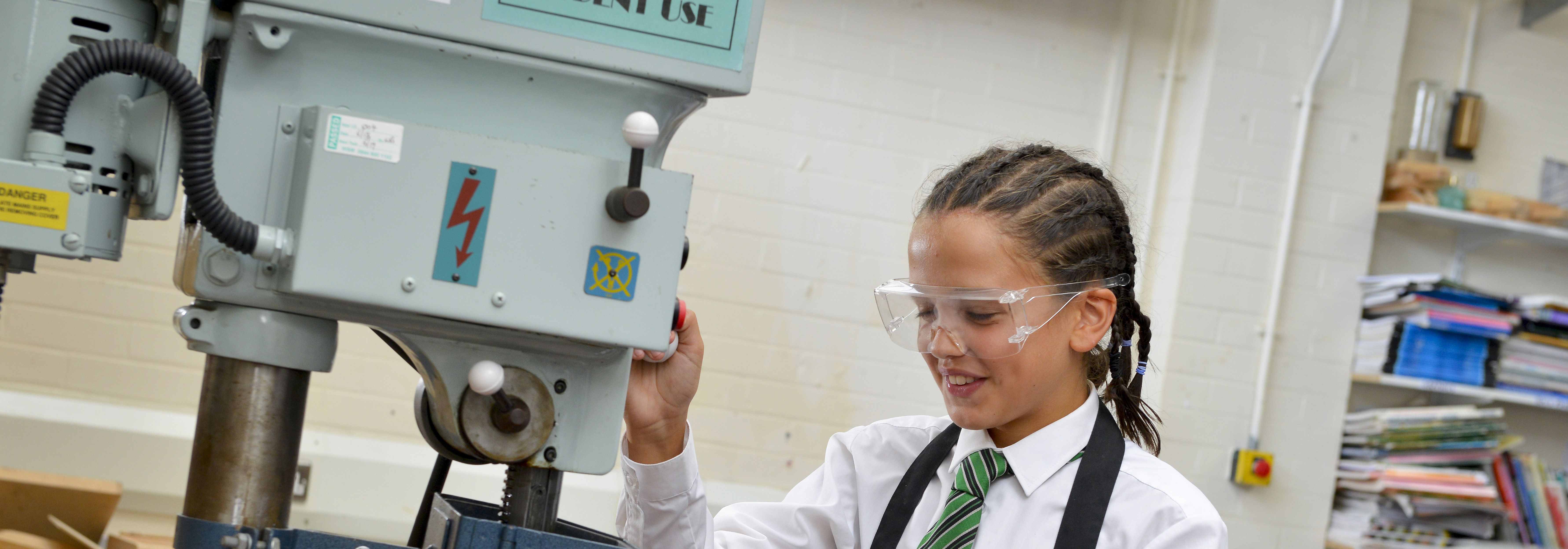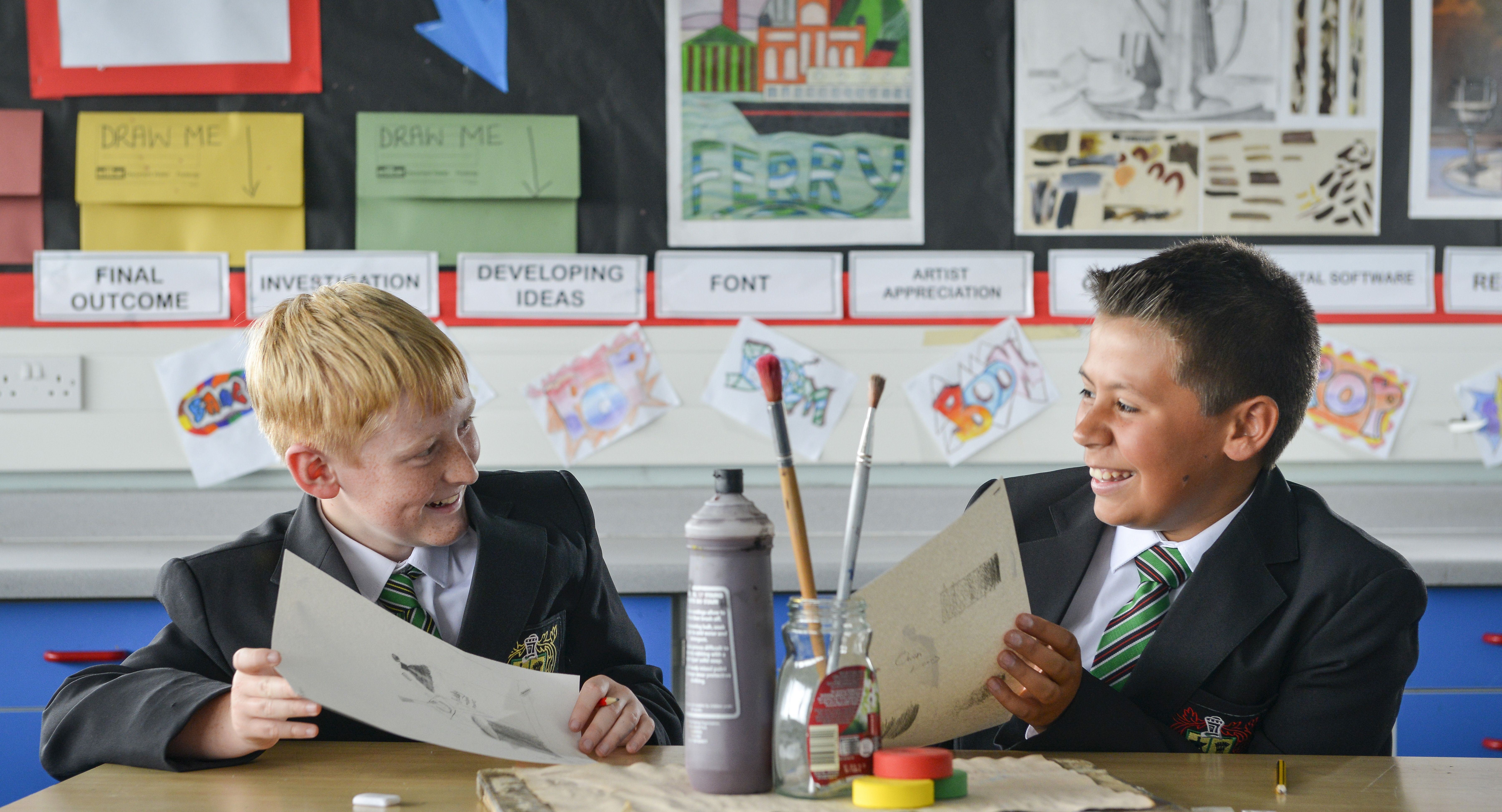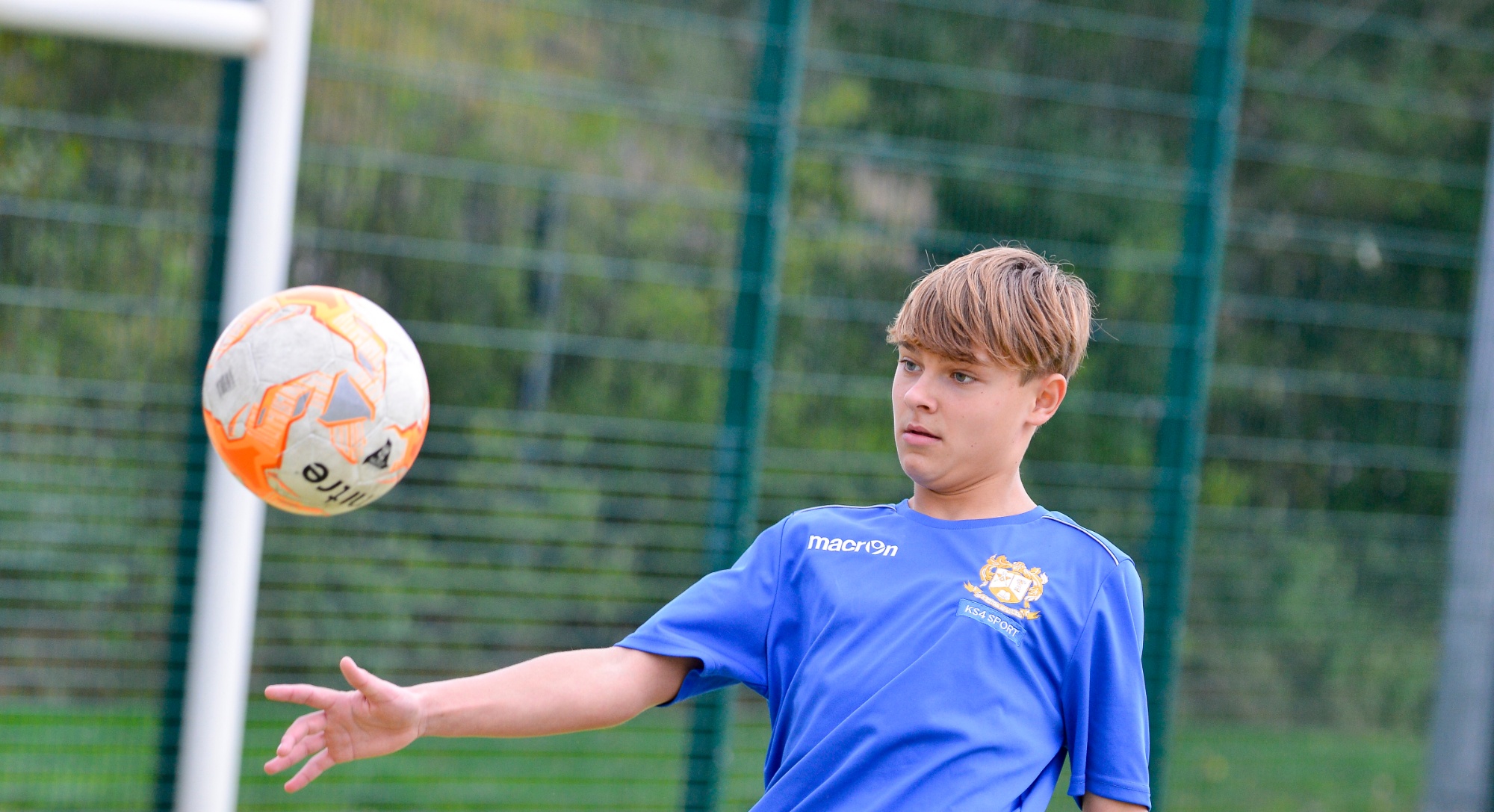|
Types of Reproduction
- Cells in reproductive organs divide by meiosis to form gametes
- Meiosis halves the number of chromosomes in gametes
- When a cell divides to form gametes: copies of the genetic information are made and the cell then divides twice to form four gametes, each with a single set of chromosomes
- All gametes are genetically different from each other
- Gametes join at fertilisation to form a zygote with the normal number of chromosomes
- After fertilisation, the new cell divides by mitosis and the number of cells increases
- As the embryo develops, cells differentiate
- Organisms use either sexual or asexual reproduction to reproduce
- Sexual reproduction involves the joining (fusion) of male and female gametes: sperm and egg cells in animals, pollen and egg cells in flowering plants
- In sexual reproduction there is mixing of genetic information which leads to variety in the offspring
- Asexual reproduction involves only one parent and no fusion of gametes
- There is no mixing of genetic information. This leads to genetically identical offspring (clones). Only mitosis is involved
- Advantages of sexual reproduction: It produces variation in the offspring. If the environment changes, variation gives a survival advantage by natural selection, natural selection can be speeded up by humans in selective breeding to increase food production
- Advantages of asexual reproduction: only one parent needed, more time and energy efficient as do not need to find a mate, faster than sexual reproduction, and many identical offspring can be produced when conditions are favourable
- Some organisms reproduce by both methods depending on the circumstances. Malarial parasites reproduce asexually in the human host, but sexually in the mosquito
- Many fungi reproduce asexually by spores but also reproduce sexually to give variation. Many plants produce seeds sexually, but also reproduce asexually by runners such as strawberry plants, or bulb division such as daffodils
Gene Theory
- Our current understanding of genetics has developed over time
- In the mid-19th century Gregor Mendel carried out breeding experiments on plants. One of his observations was that the inheritance of each characteristic is determined by ‘units’ that are passed on to descendants unchanged. The importance of Mendel's discovery was not recognised until after his death
- In the late 19th century behaviour of chromosomes during cell division was observed
- In the early 20th century, it was observed that chromosomes and Mendel’s ‘units’ behaved in similar ways. This led to the idea that the ‘units’, now called genes, were located on chromosomes
- In the mid-20th century, the structure of DNA was determined, and the mechanism of gene function worked out
- This scientific work by many scientists led to the gene theory being developed
DNA, Genes and Chromosomes
- DNA is a polymer. It is made of two strands which form a double helix. The DNA is contained in structures called chromosomes
- A gene is a small section of DNA on a chromosome. Each gene codes for a particular sequence of amino acids, to make a specific protein
- The genome of an organism is the entire genetic material of that organism
- The monomers of DNA are called nucleotides
- DNA contains four bases, A, C, G and T. A sequence of three bases is the code for a particular amino acid. The order of bases controls the order in which amino acids are assembled to produce a particular protein
- Every chromosome is one of a pair so there are two copies of each gene in every genome
- Different versions of genes are called alleles
- Some characteristics, for example fur colour in mice or red-green colour blindness, are controlled by one gene
- The set of particular alleles present is called the genotype
- The genotype (e.g., brown allele of the fur colour gene) is expressed to make the phenotype (e.g., brown fur)
- A dominant allele is always expressed when present even when only one copy is present
- A recessive allele is only expressed when there are two copies of it (i.e., no dominant allele)
- If the two alleles present are the same, either both dominant or both recessive, then this is described as homozygous
- If the one allele is dominant and one is recessive, then this is described as heterozygous
Predicting Inheritance
- Most characteristics are the result of the interaction of many genes
- Punnett square diagrams can be used to predict the genotypes of offspring from a single gene cross
- Direct proportion and simple ratios can be used to describe the outcomes of a genetic cross
- Capital letters are used to denote dominant alleles and lower-case letters are used to denote recessive alleles when drawing a Punnett square
- Polydactyly is an inherited disorder where sufferers have extra digits; it is caused by a dominant allele
- Cystic fibrosis is an inherited disorder where sufferers have lung problems due to a faulty cell membrane protein; it is caused by a recessive allele
- An individual can be a carrier of a recessive disorder, but not of a dominant disorder
- Family trees show over several generations which individuals had a particular phenotype. This can be used to derive the genotype
- Ordinary human body cells contain 23 pairs of chromosomes. 22 pairs control characteristics only, but one of the pairs carries the genes that determine sex. In females the sex chromosomes are the same (XX). In males the chromosomes are different (XY)
- A Punnett square can be used to demonstrate that there is a 1:1 ratio of offspring being male or female. The probability of this remains the same, regardless of the number of previous children of a particular sex a couple has had
DNA codes for Proteins
- Watson, Crick, Wilkins and Franklin played a part in the development of the DNA model
- The long strands of DNA consist of alternating sugar and phosphate sections. Attached to each sugar is one of the four bases
- The DNA polymer is made up of repeating nucleotide units
- In the complementary strands a C is always linked to a G on the opposite strand and a T to an A
- Proteins are synthesised on ribosomes, according to a template. Carrier molecules bring specific amino acids to add to the growing protein chain in the correct order
- When the protein chain is complete it folds up to form a unique shape. This unique shape enables the proteins to do their job as enzymes, hormones or forming structures in the body such as collagen
- Mutations occur continuously. Most do not alter the protein, or only alter it slightly so that its appearance or function is not changed.
- A change in DNA structure may result in a change in the protein synthesised by a gene
- A few mutations code for an altered protein with a different shape. An enzyme may no longer fit the substrate binding site or a structural protein may lose its strength
|
Disciplinary knowledge
- Recognise that scientific methods and theories change over time
- Understand simple probability
- Use percentages - calculating % time spent in different stages of the cell cycle
- Use prefixes and powers of ten for orders of magnitude (e.g., tera, giga, mega, kilo, centi, milli, micro and nano).
Practical skills
- Safe use of equipment to separate mixtures using filtration
|












